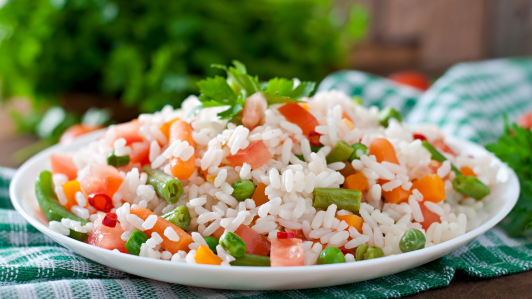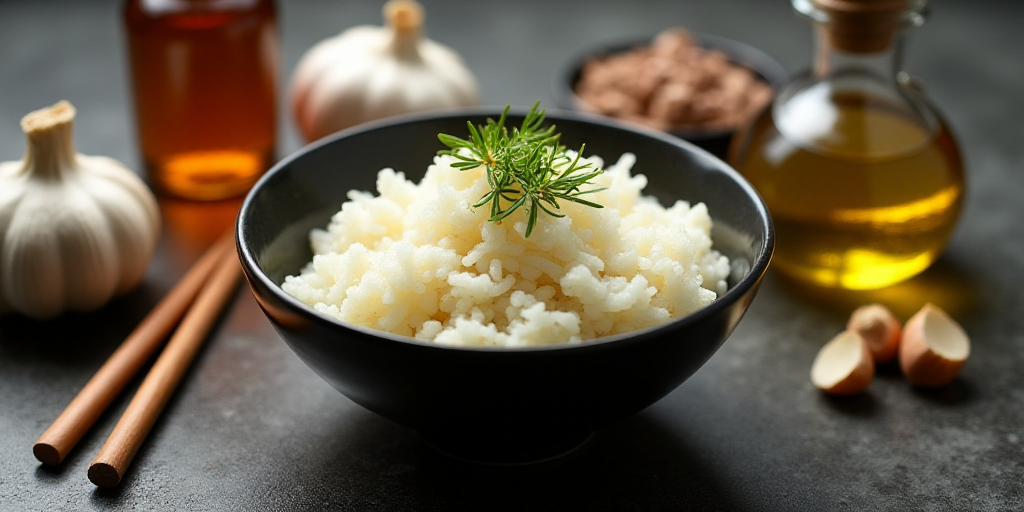1. Not Rinsing the Rice
Why it’s a mistake: Raw rice is coated in starch. If not rinsed, this excess starch will be released during cooking, resulting in a sticky texture.
Solution: Rinse the raw rice under cold water until the water runs clear. This may require 3 to 5 rinses. There’s no need to soak it for hours; just rinse it well right before using it.
2. Adding Too Much or Too Little Water
Why it’s a mistake: An incorrect water-to-rice ratio can ruin the texture. Too much water turns it into a mush, while too little leaves it undercooked or burnt.
Solution: Use a reliable measurement. For long-grain white rice, use 1 cup of rice to 1.75 cups of water. If using whole grain rice, the ratio increases to 1 cup of rice to 2.25 cups of water.

perfect rice cooking
3. Stirring the Rice While Cooking
Why it’s a mistake: Stirring during cooking activates the starch and breaks the grains, resulting in a gummy and compact texture.
Solution: After adding the rice to boiling water, stir only once at the beginning. Then cover it and leave it alone. Cooking rice requires letting it be.
4. Lifting the Lid Too Soon
Why it’s a mistake: Lifting the lid releases steam, interrupts cooking, and results in uneven cooking.
Solution: Cover the pot well, lower the heat to a minimum once it starts boiling, and respect the time: 15 to 18 minutes for white rice. Use a glass lid if you need to check without opening.

perfectly cooked rice.
5. Not Letting It Rest After Cooking
Why it’s a mistake: Serving it immediately after removing from heat doesn’t allow the steam to soften the grains and distribute excess moisture.
Solution: Once cooking time is up, turn off the heat and let it rest covered for 5 to 10 minutes. Then fluff the rice gently with a fork, never with a spoon.
Extra tip: What if it’s already overcooked? If it’s past the point of no return, spread it on a baking sheet to cool quickly, separate what you can with a fork, and use it for fried rice, croquettes, or as a base for soups. Don’t throw it away; there are ways to salvage it.
Key Questions and Answers
- Q: Why does my rice turn out sticky? A: You likely didn’t rinse the raw rice thoroughly, allowing excess starch to be released during cooking.
- Q: How much water should I use for rice? A: For long-grain white rice, use 1 cup of rice to 1.75 cups of water. For whole grain rice, use 1 cup of rice to 2.25 cups of water.
- Q: Is it okay to stir the rice while cooking? A: No, stirring activates the starch and breaks the grains, resulting in a gummy texture.
- Q: Why should I cover the pot while cooking rice? A: Covering the pot helps maintain steam, ensuring even cooking and preventing the rice from drying out.
- Q: What should I do if my rice is overcooked? A: Spread it on a baking sheet to cool quickly, separate the grains with a fork, and use it in other dishes like fried rice or as a base for soups.






